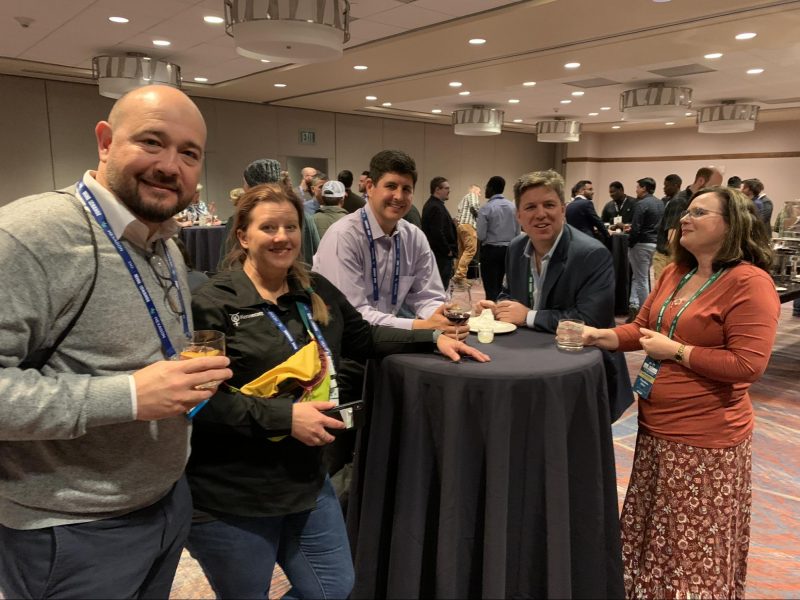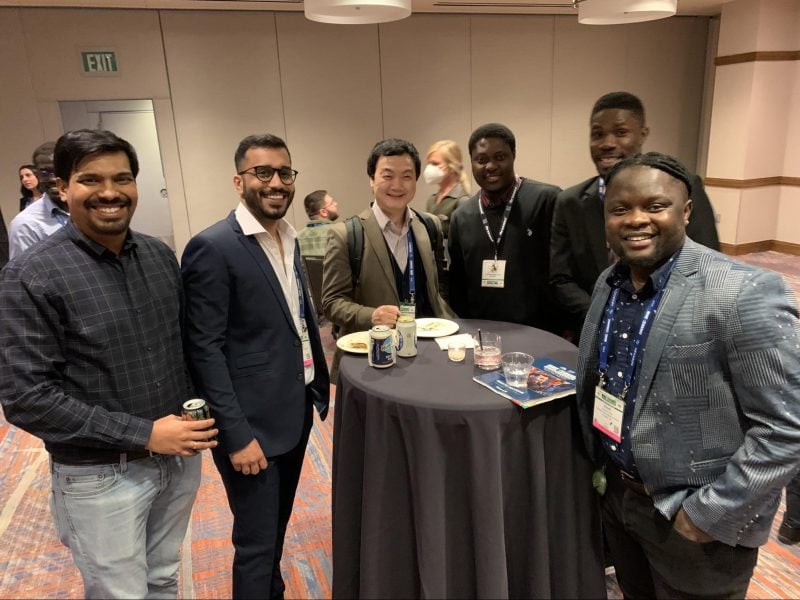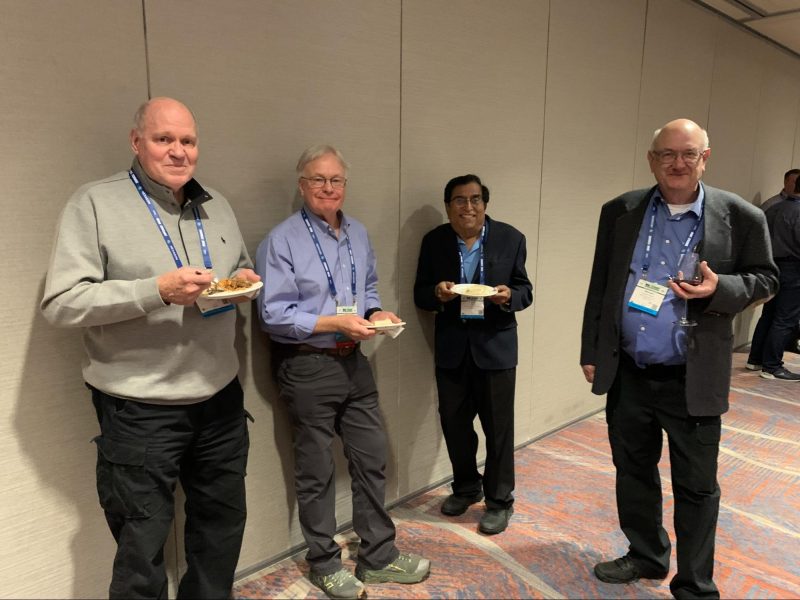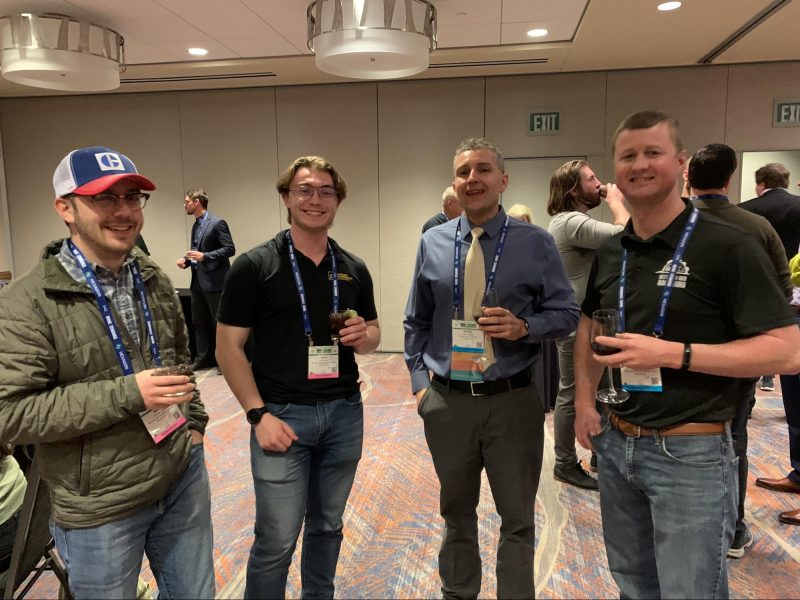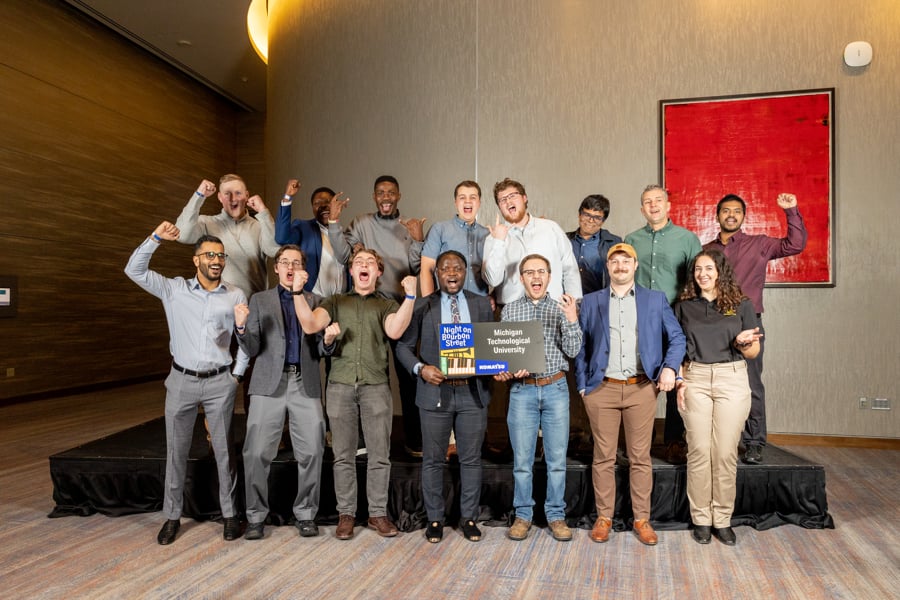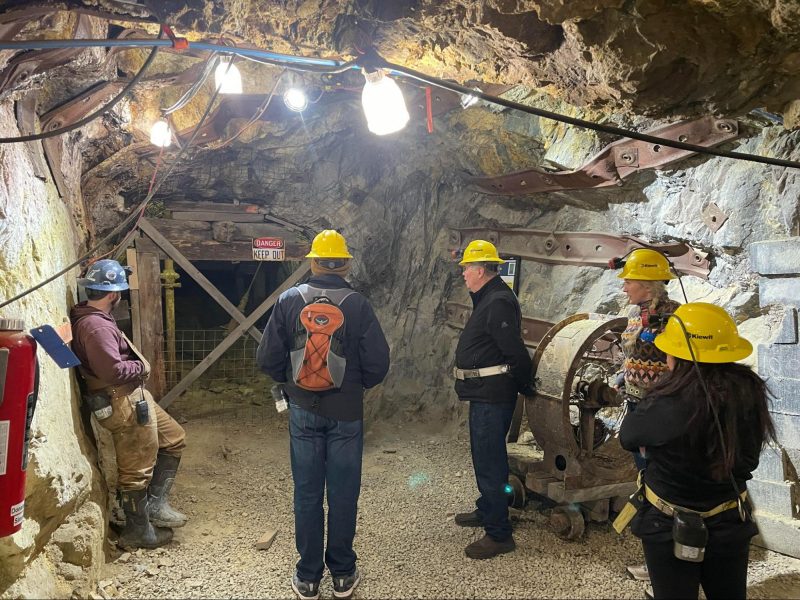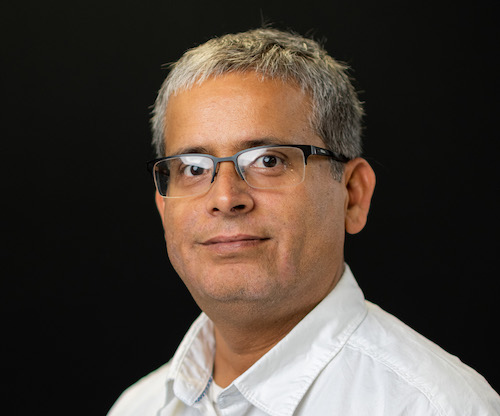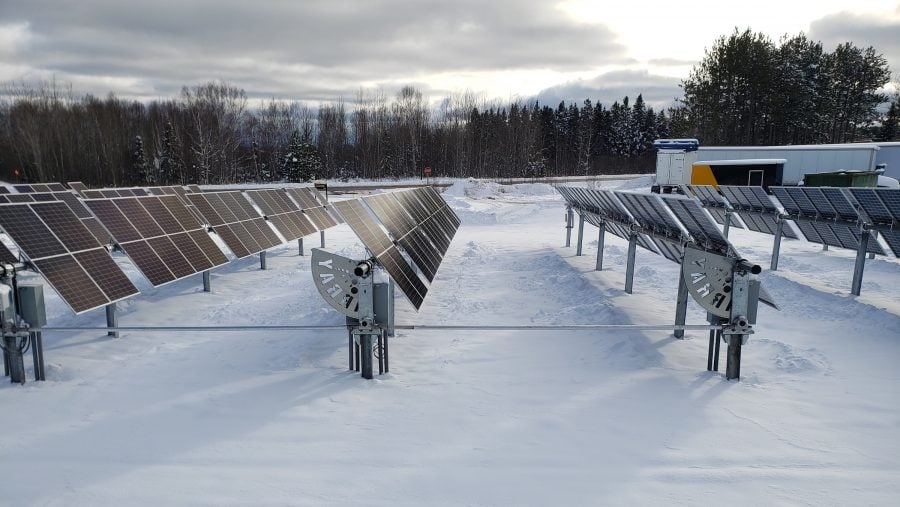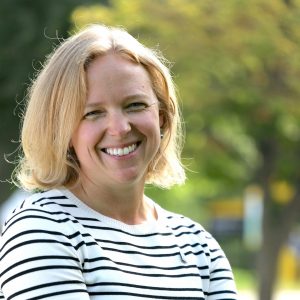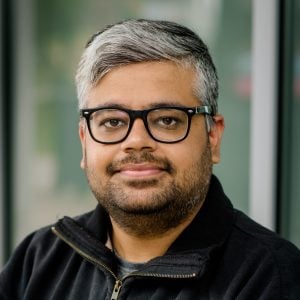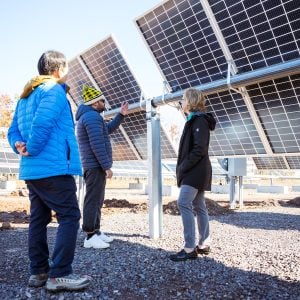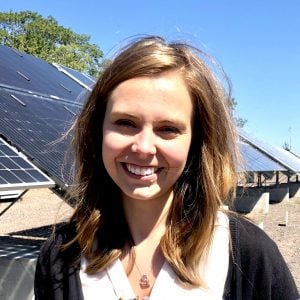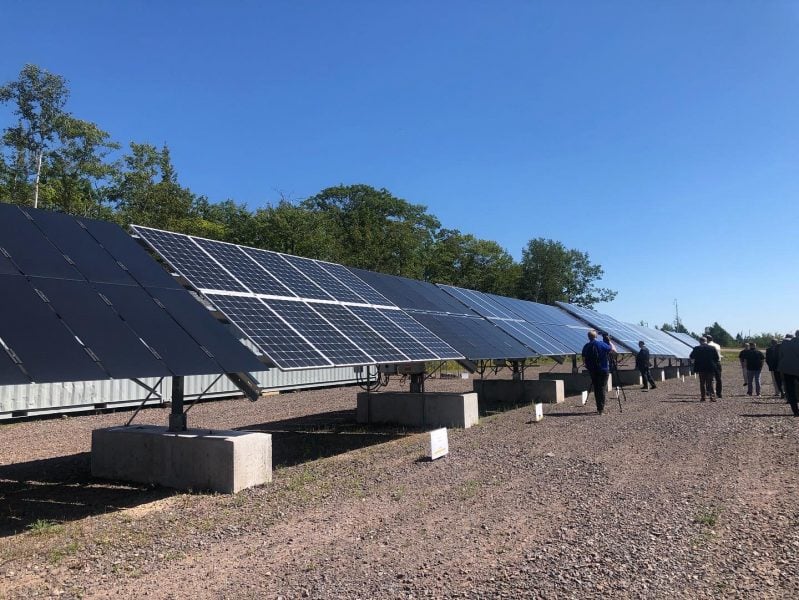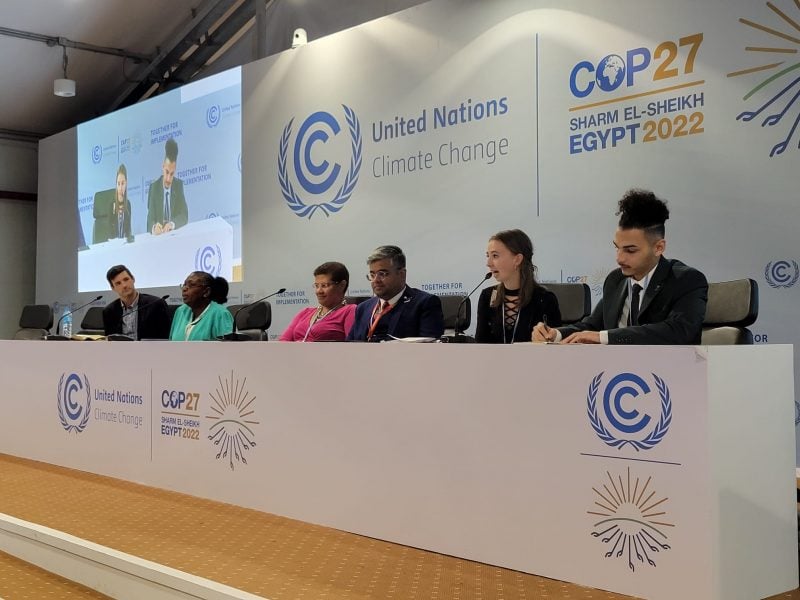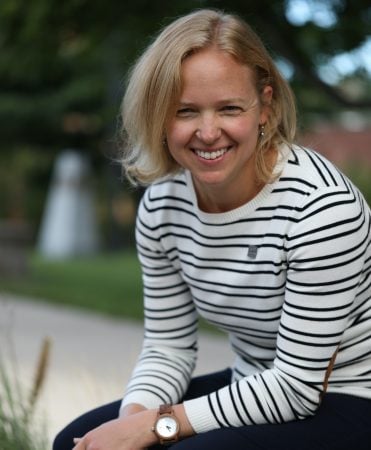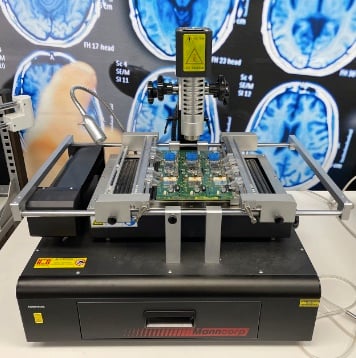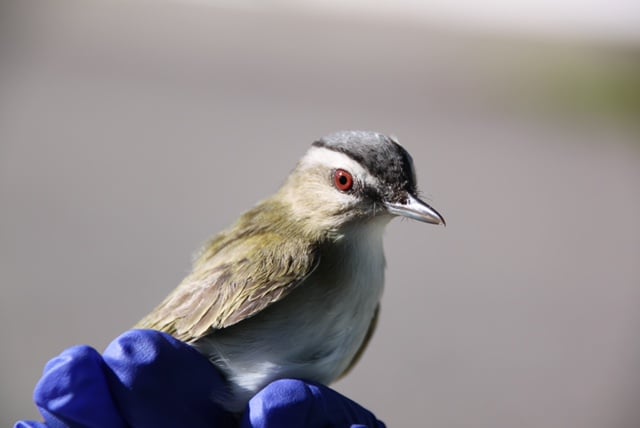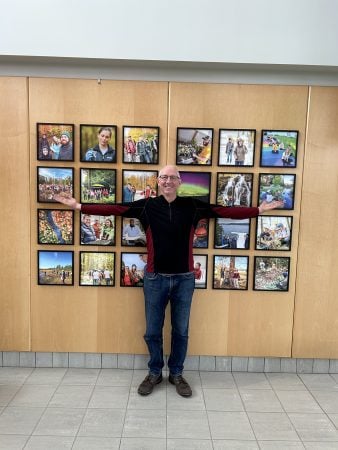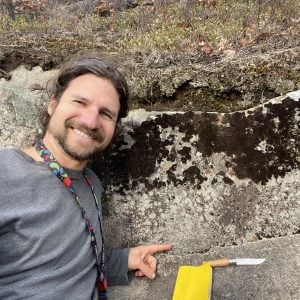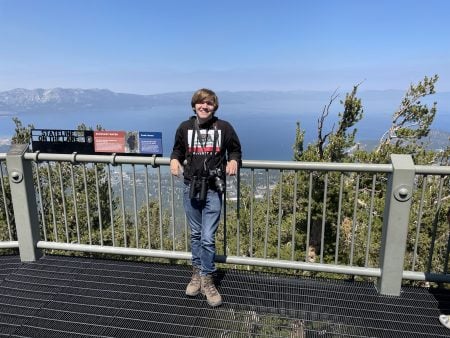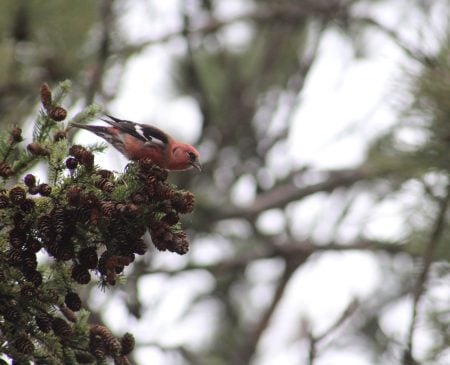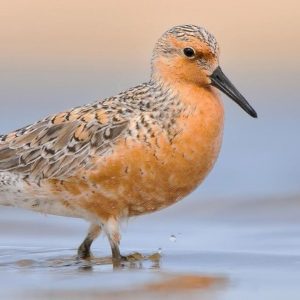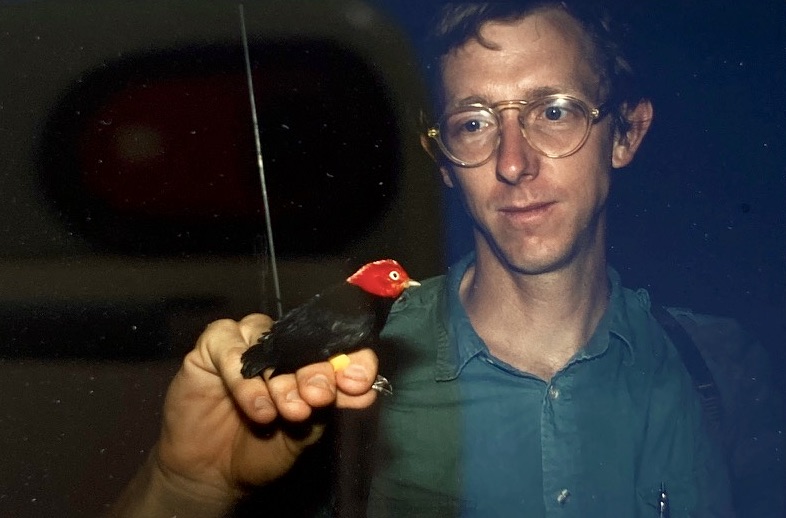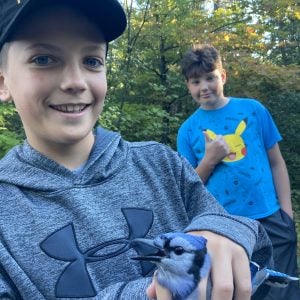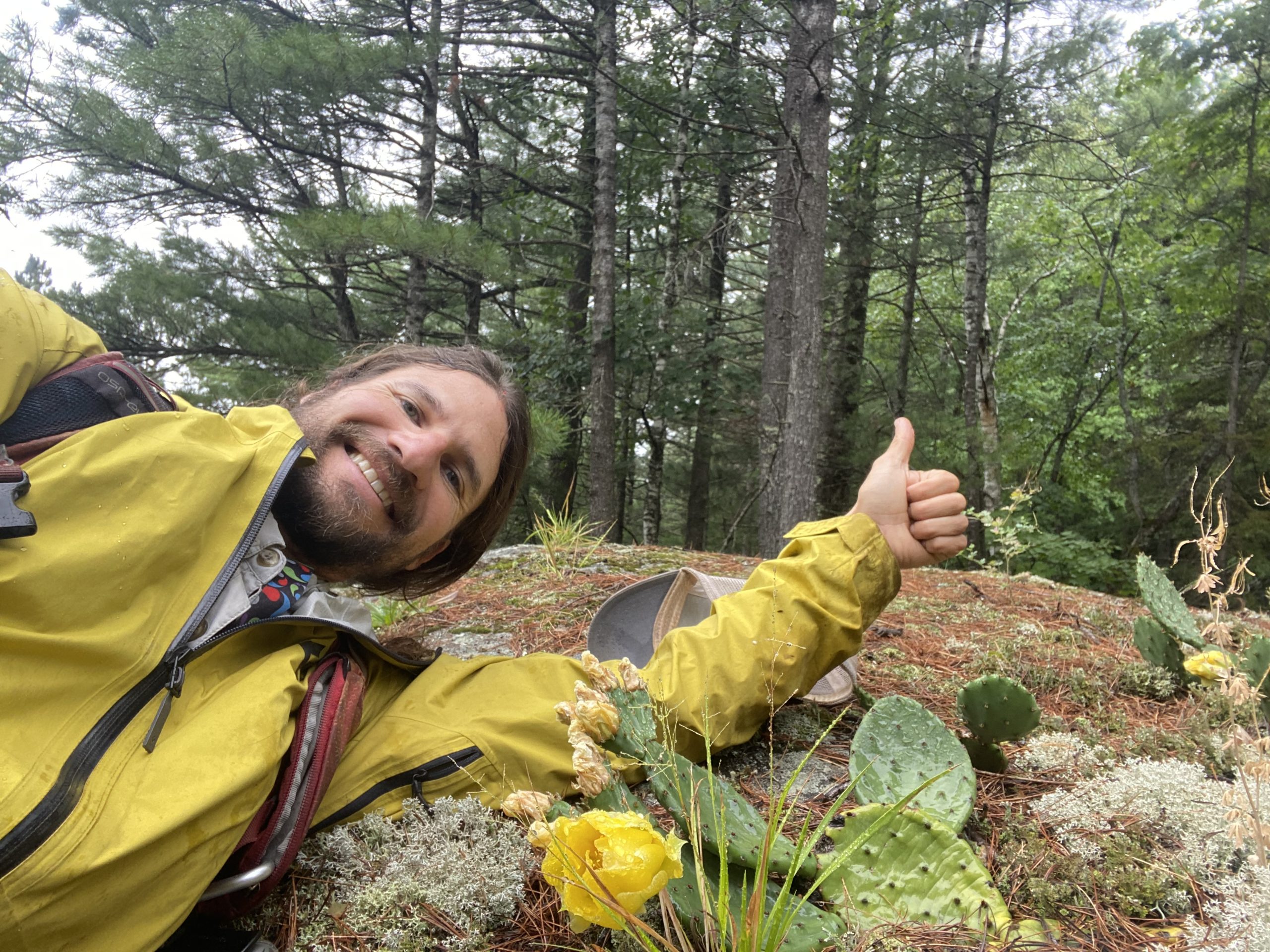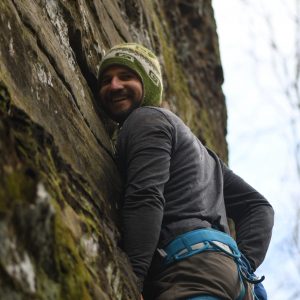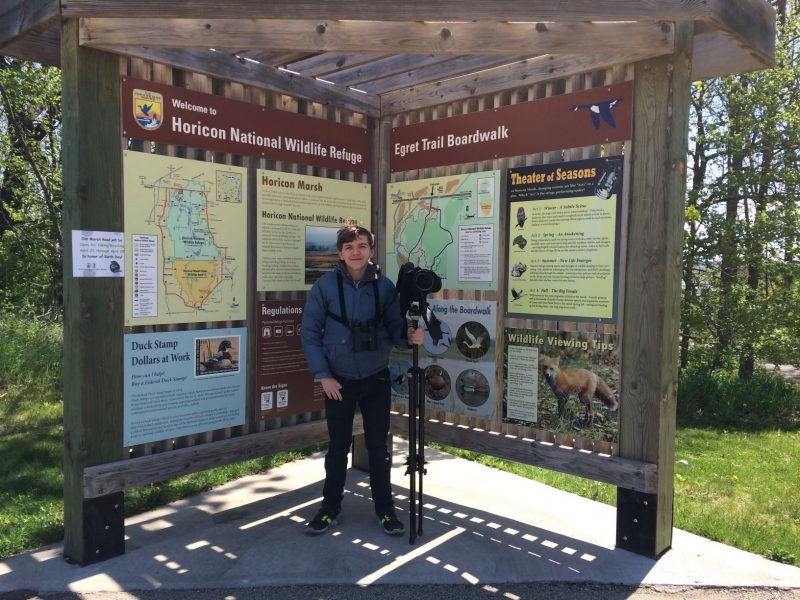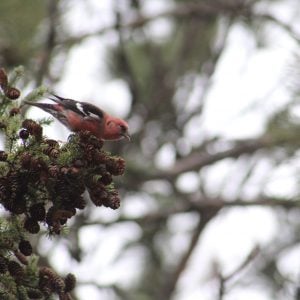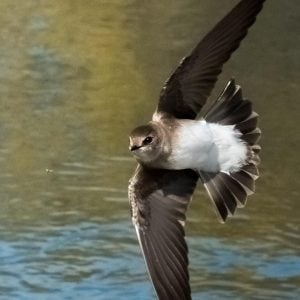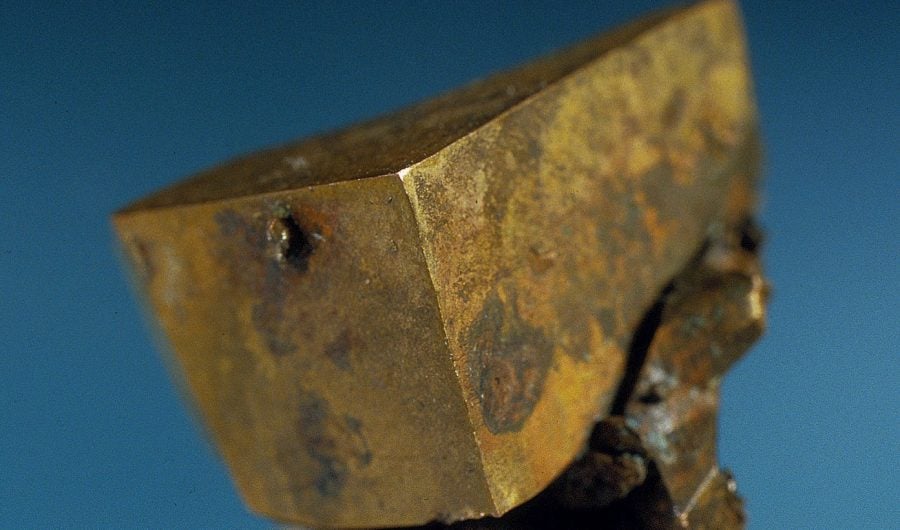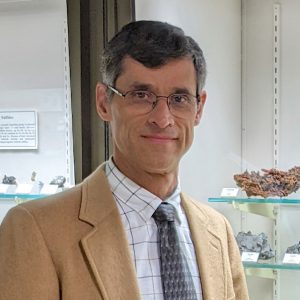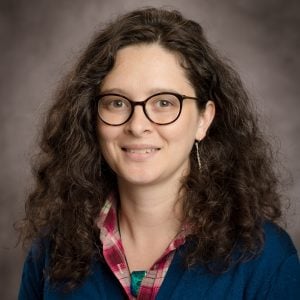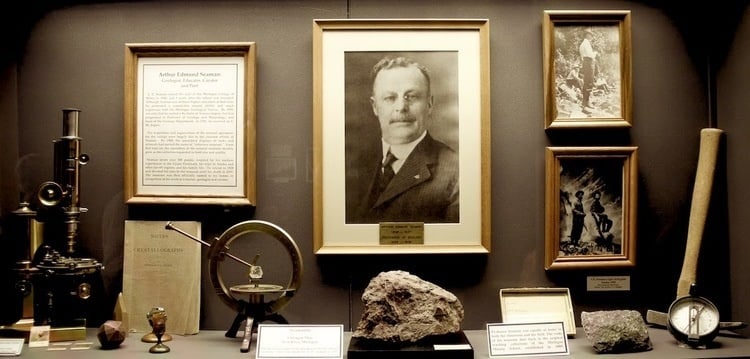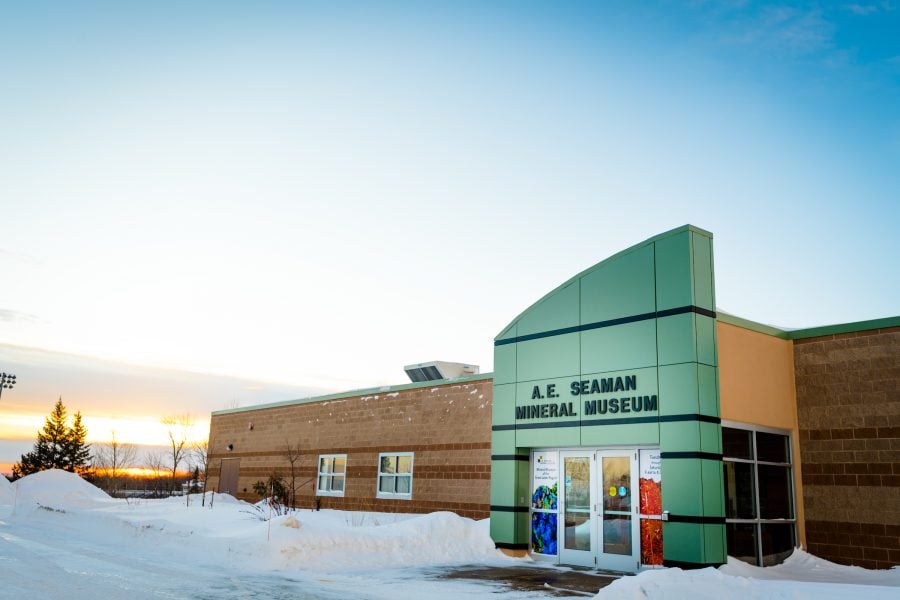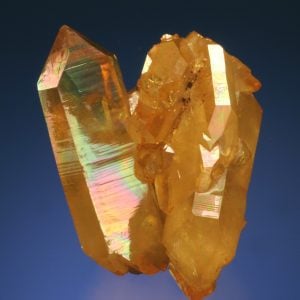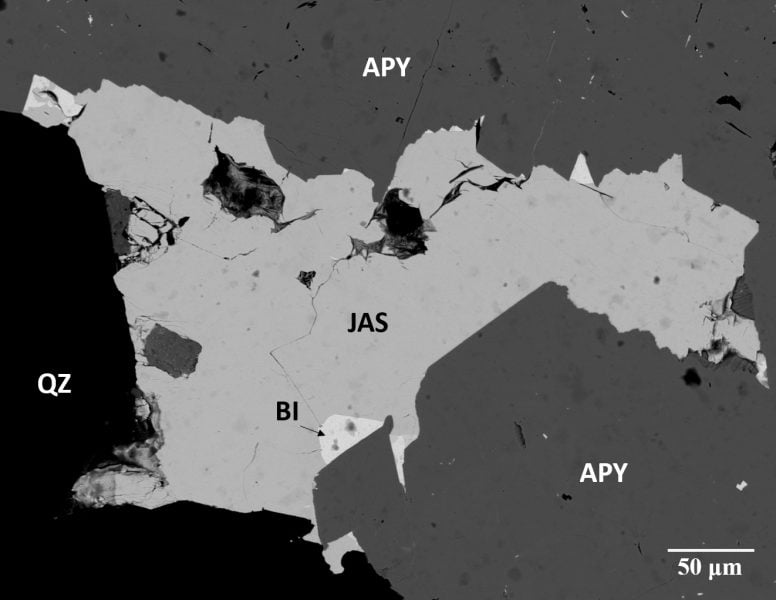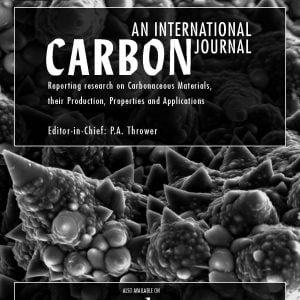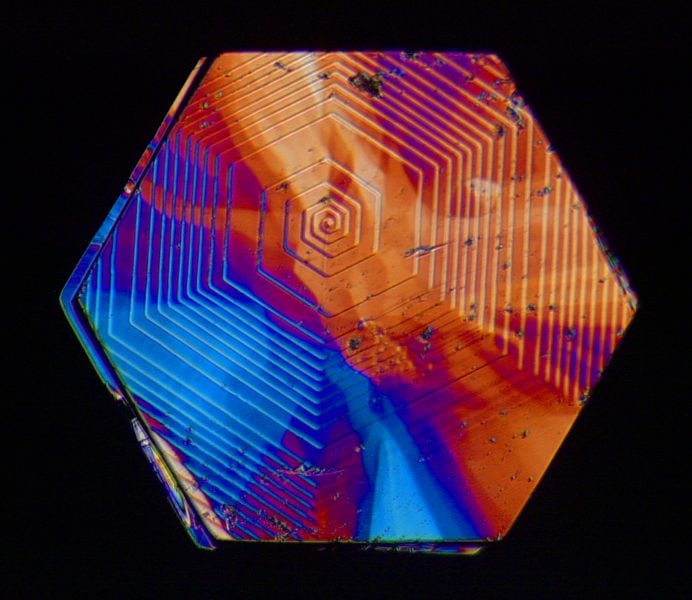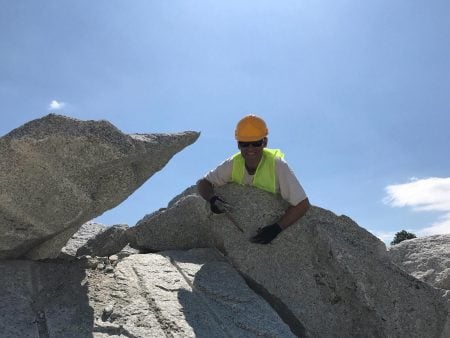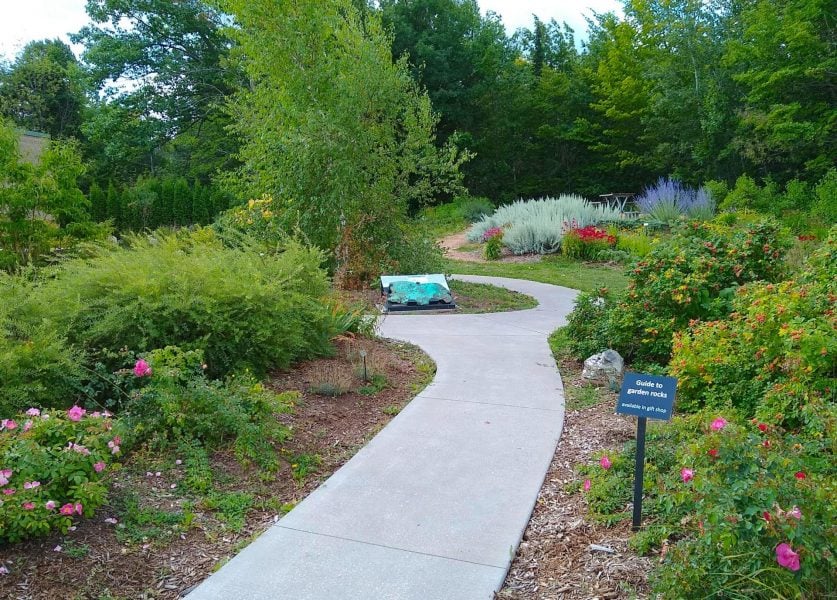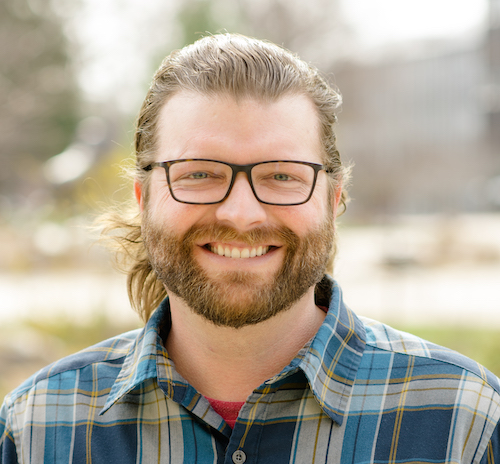Outstanding students, staff and alumni were honored Friday (April 14) during Michigan Tech’s 29th annual Student Leadership Awards Ceremony in the Memorial Union Building Ballroom. Thank you to everyone who joined us in celebrating their achievements!
Congratulations to all of the 2023 winners:
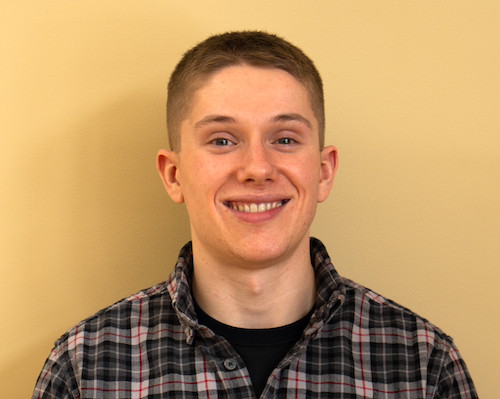
- President’s Award for Leadership: Aerith Cruz
- Provost’s Award for Scholarship: Emma Hayhurst, Biomedical Engineering
- Dean of Students Award for Possibilities: Cayton Scholz, Electrical Engineering
- Josephine and William Balconi Community Service Award: Jenna Messer
- Exceptional Enthusiasm as Student Leader Award: Roya Bagheri, Mechanical Engineering-Engineering Mechanics
- Exceptional Leadership in Student Governance Award: Cheyenne Scott, Biomedical Engineering
- Student Employee of the Year: Enioluwa Wright
- Rising Star of the Year: Riley Stichter
- Outstanding Future Alumni: Kathleen Pakenas, Biomedical Engineering
- Claire M. Donovan Award: Alexandra Marshall
- Percy Julian Award: Giovanni Diaz, Biomedical Engineering
- Award for Bravery and Kindness in Service to Others: Marco Marquez
- Exceptional Program of the Year: Engineering Days, presented by Engineering Ambassadors and Society of Women Engineers
- Student Organization Advisor of the Year: Alexandra Marshall
- Exceptional Civic Engagement Award: Iranian Community
- Most Improved Student Organization: Networking and Computing Student Association
- Student Organization of the Year: American Institute of Chemical Engineers
Keynote speaker Jessica L. Thompson ’12 (BS, Biological Sciences) was also recognized as the recipient of the 2023 Outstanding Young Alumni Award.
More information about the awards and the recipients can be found on the Student Leadership Awards webpage. We also invite the campus community to save the date for the 30th annual Student Leadership Awards Ceremony, which will be held April 12, 2024, in the MUB Ballroom.
By Student Leadership and Involvement.
